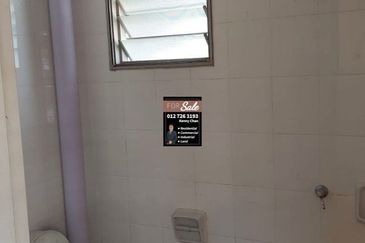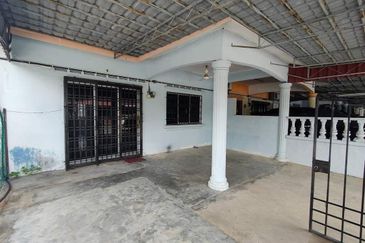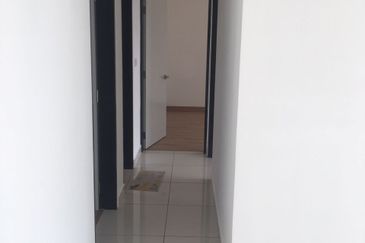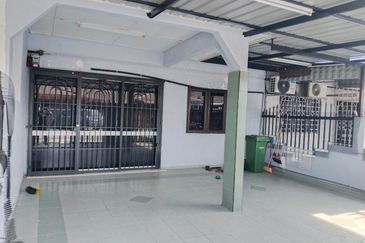The number of articles on green buildings is increasing, leaving most of us asking: What is it all about? Why the importance? Is it the “next” gimmick that developers are using to market their developments?
If I were a manufacturer, would it be prudent for me to green my factory/industrial premises? What does green comprise and does it really benefit the business?
All these questions leave us unsure about the path to take and, at the end, we don’t take any, which does not help the sustainability agenda.
To most, it is difficult to stay true to the path of sustainability without compromising the bottom line. However, most green practitioners pitch the idea of energy savings and long-term returns. Frankly speaking, the pinch of investing now is what worries most companies and having a green development or green business doesn’t guarantee success. So, how does this work?
Understanding green building certification
The most popular green building certification is provided under the umbrella of the World Green Building Council. Some of the well-received certification comprises LEED, BREEAM, Malaysia’s Green Building Index and Singapore’s Green Mark. More building certification from various countries is being developed as we speak.
If you are a developer and intend to sell/rent your development, the most likely choice is for you to adopt the certification under the World Green Building Council in the adopted country or build according to clients’ required certification.
If you are a manufacturer, you need to understand your value chain and clients before adopting any of the certification. This is important to align both interests — certification and your business involvement.
There are other types of green building certification that are not part of the World Green Building Council. These can be specialist green certification such as for tourism and hospitals. If you are in a specialist business trade, it may be wise to adopt the certification that has the most “call back” or recognition value in the trade.
Those who feel that embarking on green building certification is an enormous hurdle should consider other NGO-linked certification that could provide you with a feeling of accomplishment for the green stride you have made.Such certification is somewhat easier to achieve within the context of “efforts” made within the organisation and not so much investment cost.
However put, “certification” is a business product. While sieving the maze of certification, always look at the transparency. Certification requirements have to be clearly spelt out for public access and achievements monitored by a recognisable body.
Those who have gone through the building certification process will most likely conclude that it is a point accumulation system within the ranking range of certification to platinum.
Green building accreditation schemes emphasise the need for an integrated and holistic approach. Yet the very nature of the scoring system tends to push for a criterion by criterion approach. This often results in a laundry-list type of green features, adding to the general cost of the construction.
Such practical methods of point accumulation, though successful in implementation, are rigid and dogmatic in the context of the credit described. Hence they may not be considered out-of-the-box reasoning. Certain certification strives on being better than the others on the basis of energy scoring or energy index achievements. This is a tunnel-effect look at sustainability as the focus will be on energy. Does an energy-efficient building that does not consider water optimisation constitute a green building? Some are prone to certain types of chilling equipment and putting limitations on other mechanisms to obtain a higher level of certification.
Certification is and will remain a mere guideline with some types having mandatory requirements and some without. It is up to the client to choose which works best for all business perimeters and find a balanced and practical approach to the certification chosen; not merely strive for a higher level of point accumulation.
Certification does not need a “bento set” approach. Most green elements start from the basics, such as insulation, and move up the pyramid. A technology-driven approach is a surefire one to increase construction costs.
Tips on harnessing the benefits of green building certification
The assessment fees of different green building certification do not vary much and typically will be based on GFA — gross floor area. However, the conditions set for each certification are different. Here are some tips on how to maximise the benefits of certification and lower construction incremental cost.
• Choose wisely: Which certification to adopt? Can it be integrated into other specialised certification to maximise the impact. Understand the type of building operators involved — for example, some hotel operators only accept operating in certain certified green buildings. Understand your value chain requirements.
• Define your objective, stick to it and conduct an objective design-approach formula. Evaluate the risk of multiple certification. Do up a full business case at every juncture of the value chain.
• Start early in design to score credits and avoid costly revisions. Be prudent about your choice of land if you intend to build a green building as it will save costs.
• Use where possible an independent party to report on the certification progress and expenses. Coupling different areas of responsibility in the process will not provide adequate transparency and focus.
• Never work in silos. Always integrate and do multiple trade-offs. How many times are chilling systems designed based on average values without taking into account the improved thermal performance of the building’s envelope?
• Analyse where possible price versus credit computation.
• Harvest the low hanging credits and work upwards. Think of the user and about future recertification (where applicable). Be wary, today’s green building might not be able to meet tomorrow’s standards.
• Use potential credit that can double in other functional areas of the company, for example, incentives, marketing, branding, sustainability reports and so on.
• Build to sell or optimise operations and use the benefits — refer to credible green building property reports for pricing reference.
Farizan d’Avezac de Moran is senior partner at GAC GreenA Consultants, Malaysia
This article appeared in City & Country, the property pullout of The Edge Malaysia, Issue 895, Jan 30-Feb 5, 2012
TOP PICKS BY EDGEPROP

Baypoint @ Country Garden Danga Bay
Johor Bahru, Johor

Menara Bintang Goldhill
Bukit Bintang, Kuala Lumpur

Pangsapuri Akasia, Bandar Botanic
Bandar Botanic/Bandar Bukit Tinggi, Selangor

Pangsapuri Akasia, Bandar Botanic
Bandar Botanic/Bandar Bukit Tinggi, Selangor

Bandar Bukit Tinggi
Bandar Botanic/Bandar Bukit Tinggi, Selangor

Pangsapuri Akasia, Bandar Botanic
Bandar Botanic/Bandar Bukit Tinggi, Selangor

Menara HLX (formerly Menara HLA)
KL City Centre, Kuala Lumpur


















